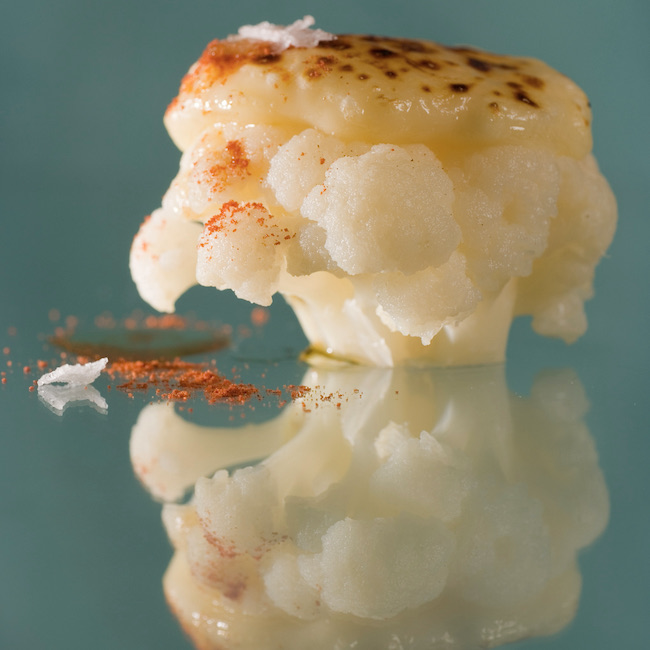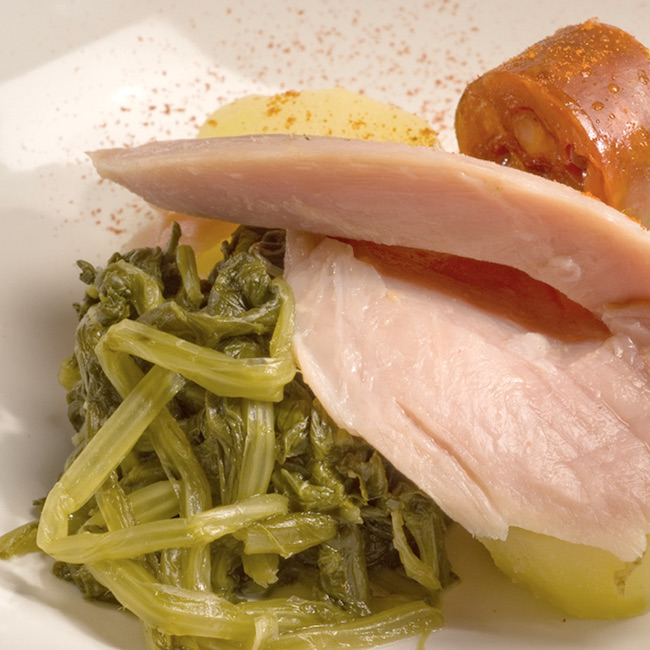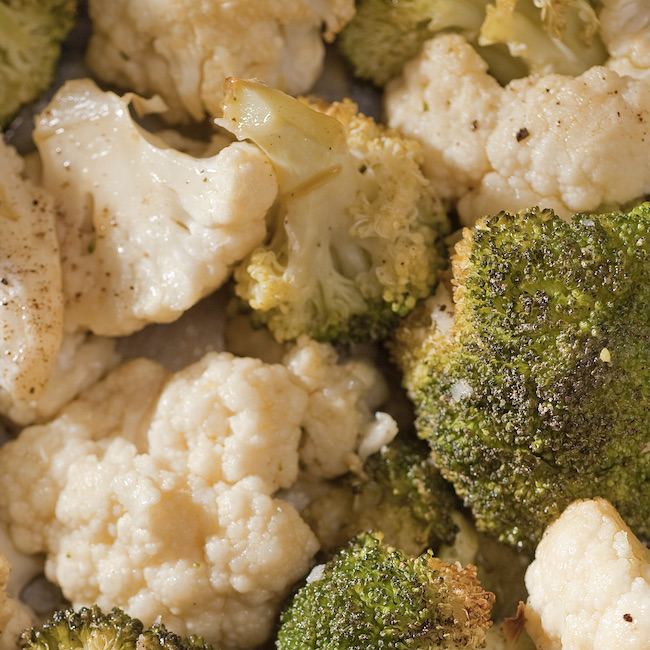.png.transform/rendition-xs/image_image%20(1).png)
Cruciferous, A Natural Powerhouse in Winter
Spain is a prolific producer of cruciferous vegetables. Come winter, markets throughout Europe, from the UK and Germany to the Netherlands and France, offer a warm reception to these delicious Spanish veggies.
In this article, we’re going to take a closer look at their characteristics, the quality seals within Spain, and some of the recipes from renowned chefs where cruciferous vegetables are given pride of place.
Characteristics of Cruciferous Vegetables
If you’re not a huge cruciferous vegetable fan, you’re about to become one. It’s never a bad time to add some leafy goodness or healthy crunch to your culinary repertoire.
Brussel sprouts, chard, kale, broccoli, cauliflower, cabbage, kohlrabi… These veggies get their name from the shape of their four-petal flowers, which resemble a “crucifer,” or a cross. But they do much more than add some color to a dish.
Cruciferous vegetables go above and beyond when it comes to packing a nutrient-based punch.
These prestigious members of the Brassica genus are chock-a-block with vitamins K, A, C, and B9, fiber, folate, magnesium, and potassium. They boast protein, iron, and omega-3 fatty acids, and they also contain phytonutrients, glucosinolates, and sulforaphane, which are believed to help fight certain types of cancer. It’s also worth mentioning their role in supporting eye and bone health, and they also keep the thyroid functioning properly.

Cruciferous Vegetable Quality Seals
There are several quality designations which testify to the high caliber of Spain’s cruciferous vegetables.
Perhaps the most visible is PGI Coliflor de Calahorra, created in 2003 and expanding over 42 hectares between the towns of Rincón de Soto and Alfaro in La Rioja.
This exceptional cauliflower is notably influenced by the climate in which it grows. The area is known for its lengthy summers, mild winters, and high humidity, attributable to the Cidacos and Ebro Rivers. These conditions give rise to flower heads that are firm and white, and the soil is deep and rich with organic matter.
Another PGI, created in 2009, is Grelos de Galicia, which are turnip greens grown primarily in Santiago and Lugo. These grow best in damp climates with moderate temperatures, and they are resistant to frost. They need deep, loose, fertile soil with high organic content, which is exactly what Galicia offers.
Turnip greens from this PGI have an intense green color, a fibrous texture, and a slightly bitter and acidic flavor.

Beyond the PGIs
These aren’t by any means the only areas where cruciferous vegetables are grown in Spain. The region of Valencia is a cauliflower producer, as is Castile-La Mancha, which also produces broccoli and spinach.
Andalusian farmers also grow spinach, and Murcia is a broccoli powerhouse. Extremadura, meanwhile, is known for its chard and spinach.
These producers in Spain allocate a portion of their yields for fresh consumption and another for frozen veggies. They also export their products around the world.
The main destination markets for Spanish broccoli and cauliflower, for example, are the UK, France, the Netherlands, and Scandinavian countries as well as the UAE, Romania and Bulgaria. Cabbage exports primarily head to the UK, Germany, France, and Poland.

Modern Chefs Interpret Cruciferous Vegetables
Cruciferous vegetables are no strangers to creations by famous Spanish chefs.
Back in 2000, Ferran Adriàa offered a new spin on couscous by grating a cauliflower and using the “grains” as the base of his dish.
Years later, chefs like Dabiz Muñoz, from DiverXO, are still using this technique—and this cruciferous veggie—as visible in his Veal Sweetbread, Yuzu Sorbet, and Cauliflower Couscous dish.
Andoni Aduriz, from Mugaritz, created the same effect with his Oven-baked Hake with Cauliflower Grains, Mascarpone Cheese, and Almonds. Aduriz is indubitably a fan of this cruciferous vegetable’s potential, creating another popular dish where he prepared a fake risotto with cauliflower grains instead of rice.

